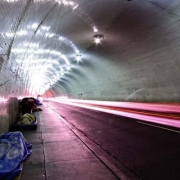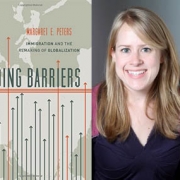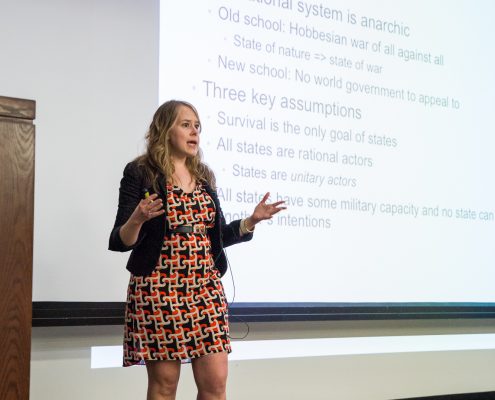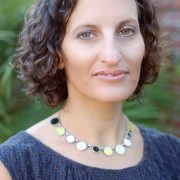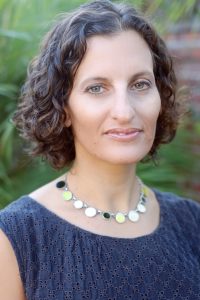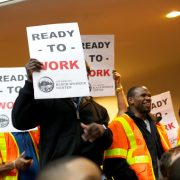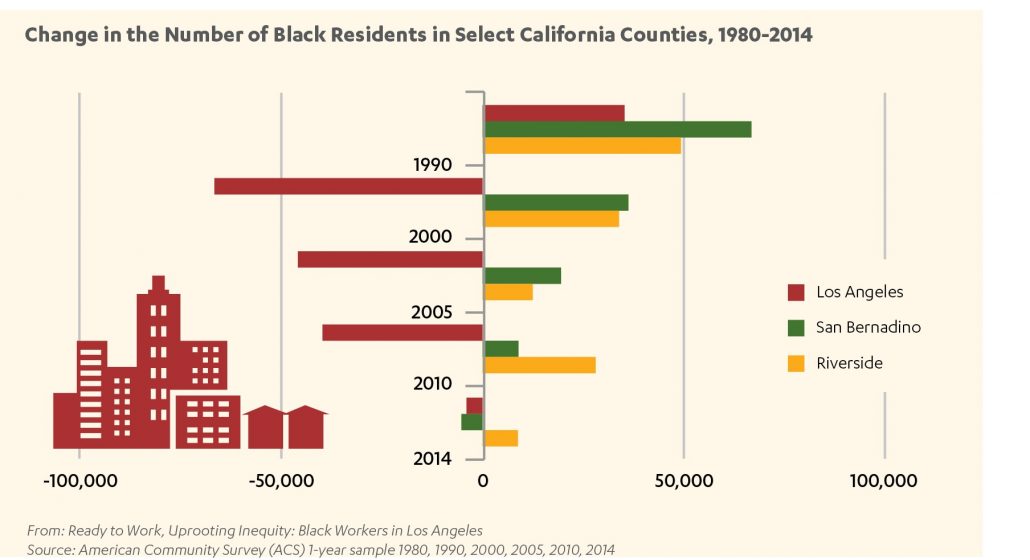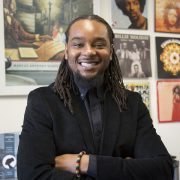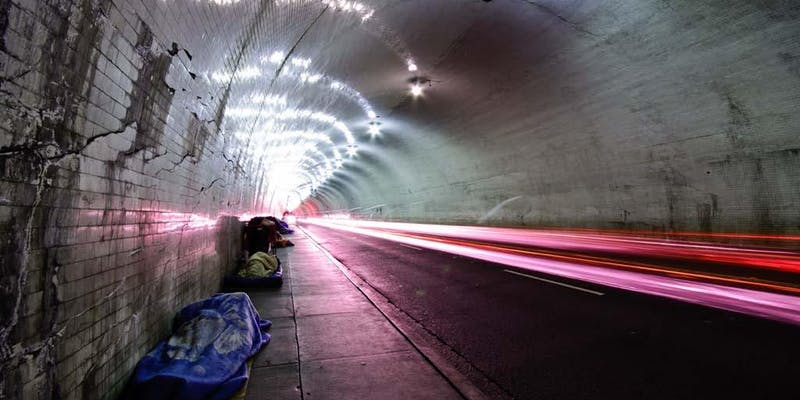
We call homelessness a crisis in Los Angeles because we increasingly see the homeless in our midst every day. Yet, the invisible crisis has been with us for years, affecting even many UCLA students and staff. New Los Angeles City and County initiatives promise to meet the challenge of homelessness head on, but success will depend on the quality of evidence and information informing these investments. We believe UCLA can and should play a role in this effort, and that begins with learning more about the crisis and the response, and laying out a research agenda.
To galvanize transdisciplinary research and engage our campus with efforts across LA County, UCLA will host Professor Dennis Culhane of the University of Pennsylvania from May 21 – 24, 2018. One of the nation’s most influential homelessness scholars, Professor Culhane pioneered the use of homeless management information systems (HMIS) and integrated data systems to study homelessness, and generated much of the evidence base that led to permanent supportive housing and rapid rehousing policies. Professor Culhane will lead a week-long series of activities to help focus UCLA’s research and student communities on one the most pressing humanitarian crises facing our city.
The homelessness week is supported by a grant from the Office for Interdisciplinary and Cross Campus Affairs and co-sponsored by the Fielding School of Public Health, California Center for Population Research, and the California Policy Lab. Organized by Professors Randall Kuhn (Community Health Sciences) and Till von Wachter (Economics) the week includes four major events also described on the event website.
First, the week will kick off with a public lecture by Professor Culhane on “Meeting the Challenge of Homelessness” on May 21st. The lecture will be opened by Dean Jody Heymann from the Fielding School of Public Health. In this lecture, Culhane will review the national situation, including progress and continued hurdles. He will also describe unique challenges for cities like LA, where many homeless are unsheltered.
The second event is a roundtable discussion on the “Homelessness Research Agenda in LA and Beyond” on May 22nd. For students, faculty, researchers, and others interested in having a direct impact on homelessness, this Roundtable will describe current City and County research priorities and unmet needs, and will highlight areas for UCLA contribution. The roundtable will be introduced by Dean Gary Segura from the Luskin School of Public Policy, and includes Molly Rysman, Deputy for Homelessness for the Third Supervisory District of the County, who will talk about the County’s research needs on homelessness; Janey Rountree, Executive Director of the California Policy Lab, who will talk about the new Countywide Homelessness Research Policy Initiative; Michael Lens, Associate Professor of Urban Planning and Public Policy; and Till von Wachter, Professor of Economics, who will talk about opportunities policy-oriented research on homelessness at UCLA.
On Wednesday, May 23rd, Professor Culhane will lead a seminar on “The Promise of Integrated Data Systems for Social Science Research.” Culhane will review the legal, ethical, scientific and economic challenges of interagency data sharing, as well as systematic efforts including policy reform and inter-agency collaboration to overcome these challenges. He will also review important new integrated data systems initiatives in LA County and California.
Finally, the week will conclude with a mini-conference on “Transdisciplinary Homelessness Research: Measure H and Beyond.” Topics include pathways into and out of homelessness over the life-course. Articulating new service delivery models and data collection, including mobile phones as a platform for outreach. The conference will also feature a round table on how to sustain the interdisciplinary conversation through a campus-wide research network, regular working groups, and joint research projects.
Schedule of Events of Homelessness Week
Public Lecture: Meeting the Challenge of Homelessness
Monday, May 21, 2018
6:00 PM – 9:00 PM
UCLA NPI Auditorium CHS C8-183
Roundtable: Homeless Research Agenda in L.A. and Beyond
Tuesday, May 22, 2018
3:00 PM – 4:30 PM
UCLA Public Affairs Building, Rm. 4240
Social Mixer to follow: UCLA Public Affairs Building, Luskin Commons Patio 3rd Floor
Seminar: The Promise of Integrated Data Systems for Social Science Research
Wednesday, May 23, 2018
12:00 PM – 1:30 PM
UCLA Public Affairs Building, Rm. 4240
Conference: Transdisciplinary Homelessness Research: Measure H and Beyond
Thursday, May 24, 2018
9:00 AM – 5:00 PM
UCLA Public Affairs Building, Rm. 4240
For more information about Homelessness Week, click HERE
For more information about the California Policy Lab (CPL), click HERE
For more information about the California Center for Population Research (CCPR), click HERE

